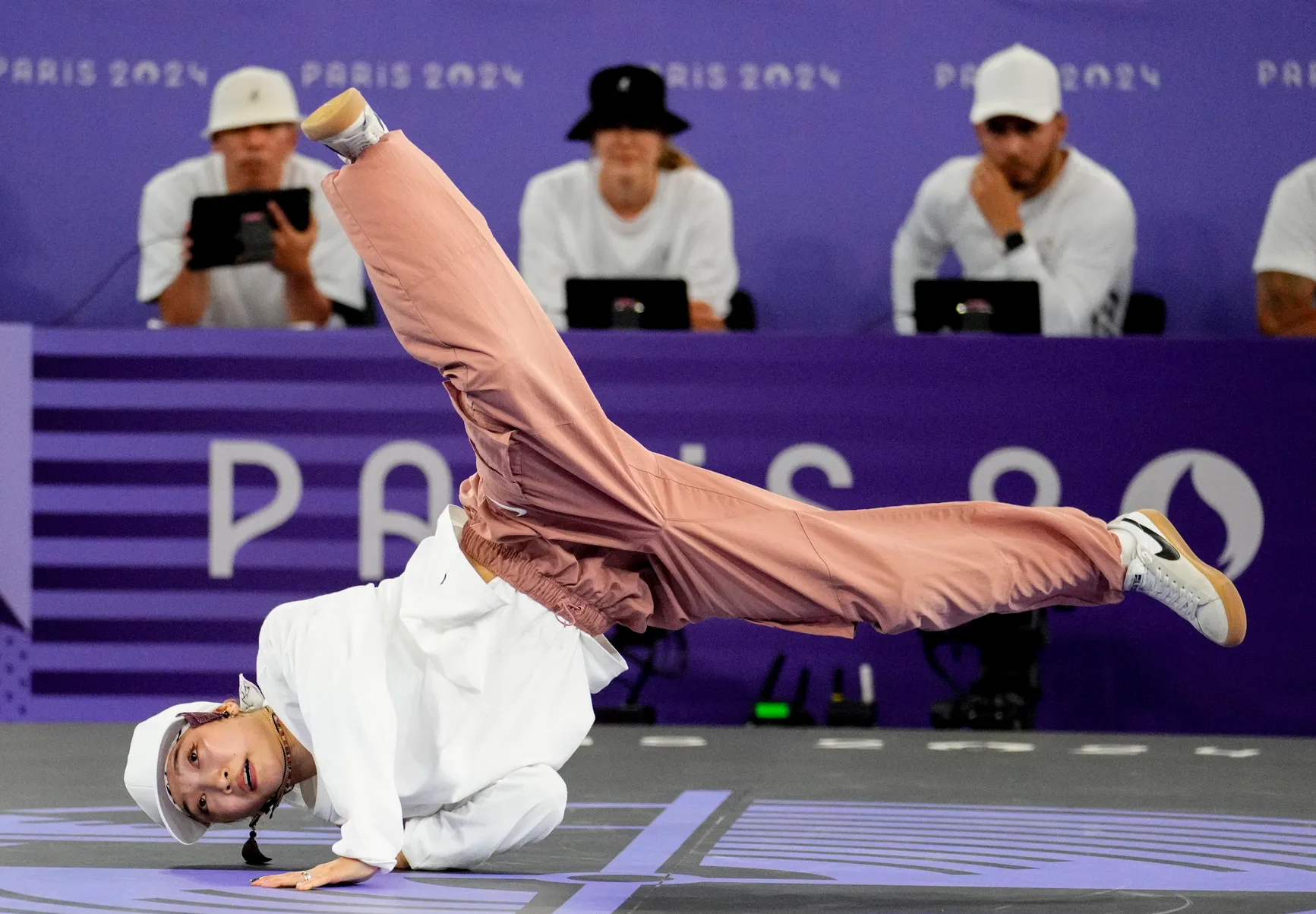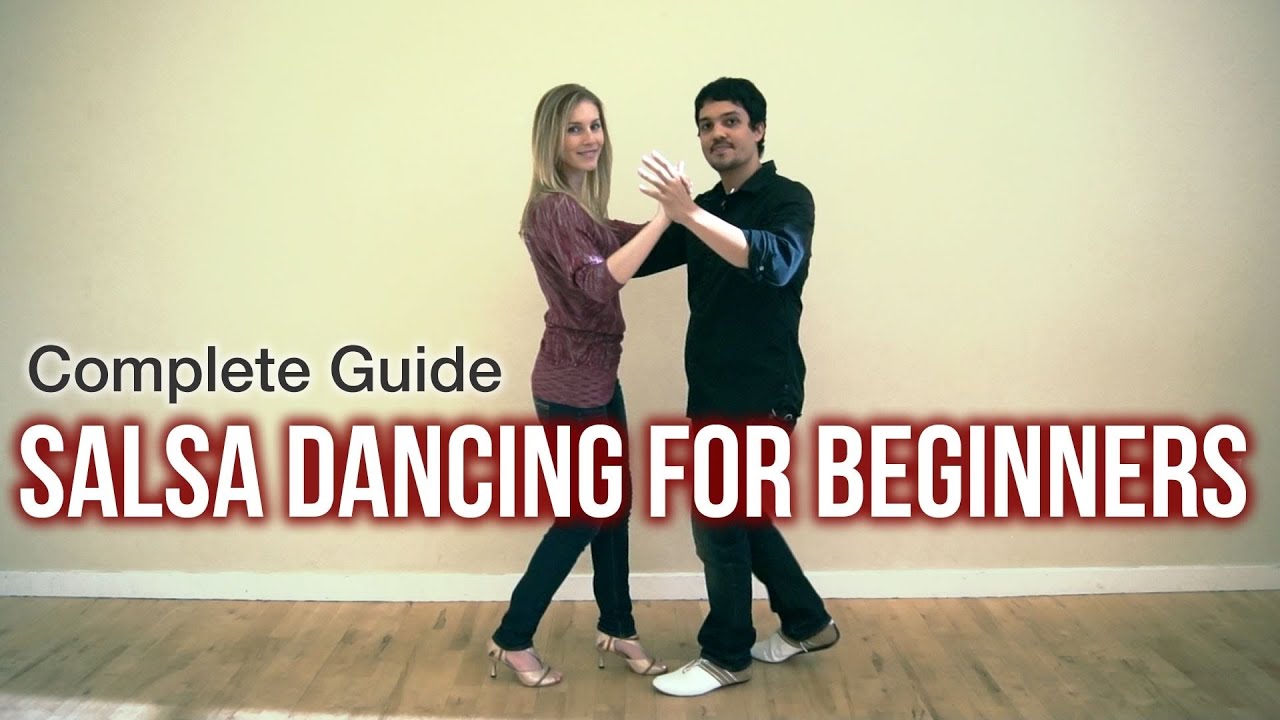Garba is a traditional folk dance from the state of Gujarat in India. It is often performed during the festival of Navratri, which celebrates the nine nights of the Goddess Durga. Garba is characterized by its energetic and circular movements, often accompanied by folk music and traditional instruments.
Key Characteristics of Garba
- Circular Formation: Dancers form a circle, holding hands and moving in unison.
- Energetic Movements: Garba involves a variety of energetic movements, including clapping, stamping, and swaying.
- Traditional Instruments: Garba is often accompanied by traditional Gujarati instruments, such as the dhol (a double-headed drum) and the taal (cymbals).
- Folk Music: The music for Garba is typically upbeat and festive, with catchy melodies and rhythmic patterns.
Cultural Significance
Garba is more than just a dance; it is a cultural tradition that celebrates the spirit of community and devotion. It is often performed as a form of worship to the Goddess Durga, and it is believed to bring good luck and prosperity.
Garba in Popular Culture
Garba has gained popularity beyond India, with people from all over the world participating in Garba events and festivals. The dance has been featured in Bollywood films and has become a popular form of exercise and entertainment.
Would you like to know more about the history of Garba or the significance of the festival of Navratri?



